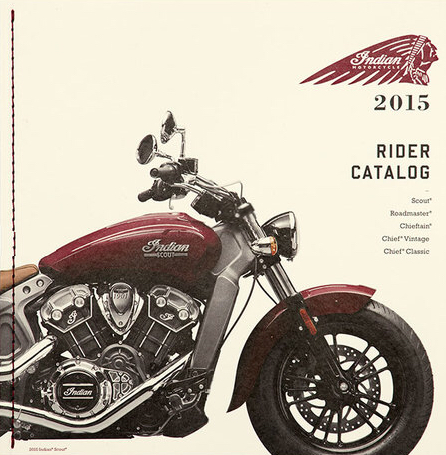 Why print is a hugely powerful way to engage the goat-cheese generation.
Why print is a hugely powerful way to engage the goat-cheese generation.
“We’re paper nerds,” says Chris Harrold, VP of Business Development and Creative Director for Mohawk in an article by Toni McQuilken in Printing News.
“We went to the office of Shutterstock in New York City, in the Empire State Building,” Harrold relates. “I would say they are pretty emblematic of the millennial generation. They have two floors that are totally renovated, and it is an incredible space. Very 21st century in design, and they are all wearing hoodies and casual clothes. Then we invited four of them to our paper mill. You would have thought they were at Disneyland. They said ‘this is the coolest place we’ve ever been.’ The point being, there is an appetite out there and the print community needs to be more aware of this demographic.”
Harrold has hit upon a critical trend for marketers trying to engage a younger audience through direct mail.
“Culturally, for whatever reasons — perhaps a reaction to technology — the millennial generation is experiencing how attractive craft and handmade items are,” he explains. “They want goat cheese from the farm; they want craft beer; they want hand-written letters. There is a massive multi-billion dollar market for locally sourced, hand crafted materials.”
That movement, he notes, means they are highly receptive to marketing materials that look or feel hand-crafted or luxurious, rather than mass market.
McQuilken spoke to others in the paper industry who are seeing the same phenomenon of deep tactile engagement with print. (Even the USPS is offering a promo this spring to help mailers “understand and leverage sensory engagement in print.”)
“By engaging multiple senses, you’re forging a stronger connection and experience, which makes your message more memorable,” said Ron Pergande of GPA. “If everyone else is going for what’s cheapest, marketers who opt for papers that feel more opulent are sending the message that what they have to say is more valuable, and are simultaneously enhancing their image.”
Not sure if your audience will resonate better with a luxury or small-batch vibe in your direct mail? Test it, advises McQuilken.
“Send out the same piece on the stock [your print buyers] have been using, then do a test run with a few different high-end papers — with the exact same graphics and messaging. If the print buyers can see for themselves how much higher the response rates are on better quality paper, they will be far more likely to invest in them for a full run.”
We are big fans of testing around here, helping our customers get a handle on what works. This idea is certainly worth trying, especially if you are interested in the lucrative Millennial market that is largely tuning out digital advertising. In fact, we are seeing young companies buying quality printing at mind-blowing levels. With advances in printing technology, a small-run test is more affordable than you might think, and the ROI could be vastly better than your basic glossy stock.

October 18, 2016, 8:24 am
November 8, 2016, 8:11 am
January 10, 2017, 7:59 am
March 9, 2017, 7:10 am
March 30, 2017, 8:56 am
April 20, 2017, 7:59 am